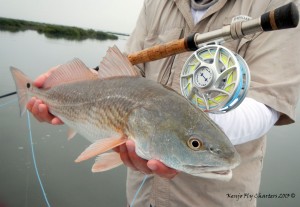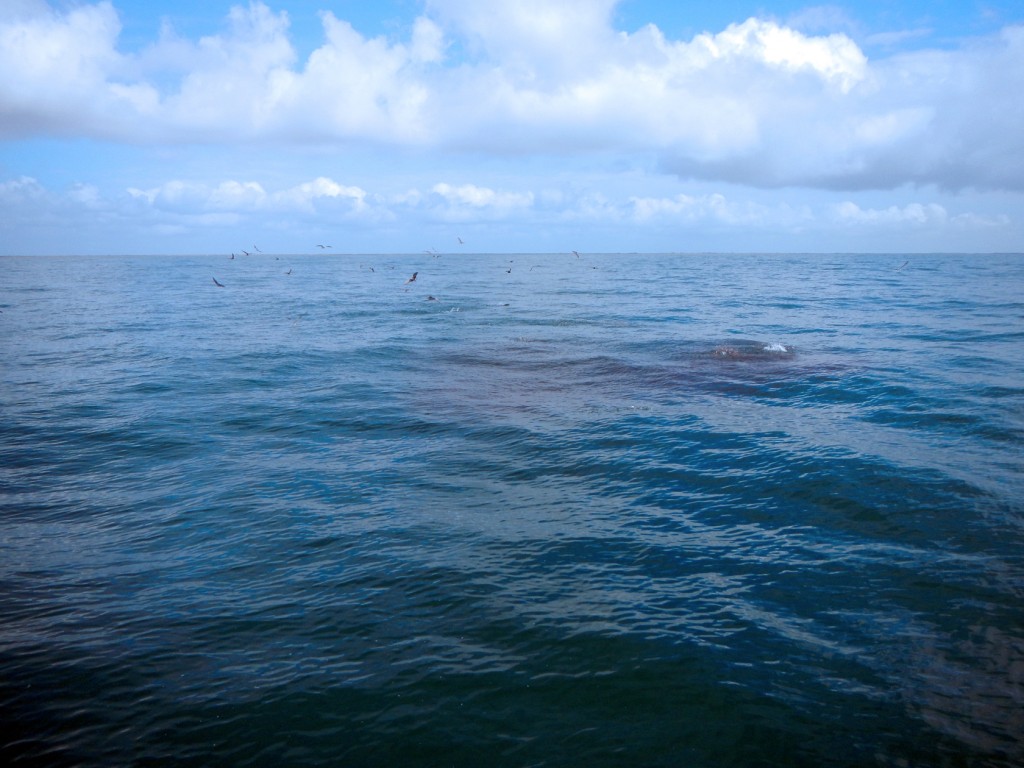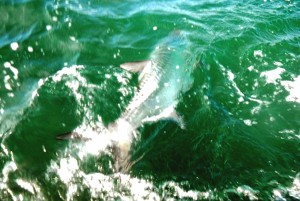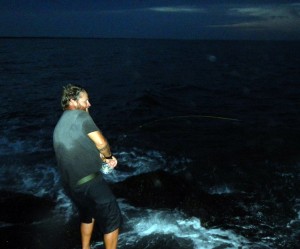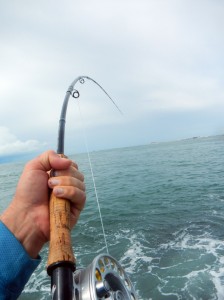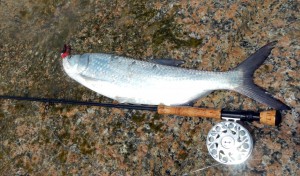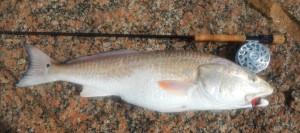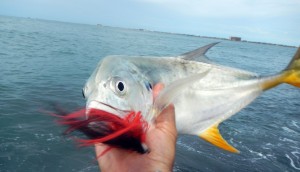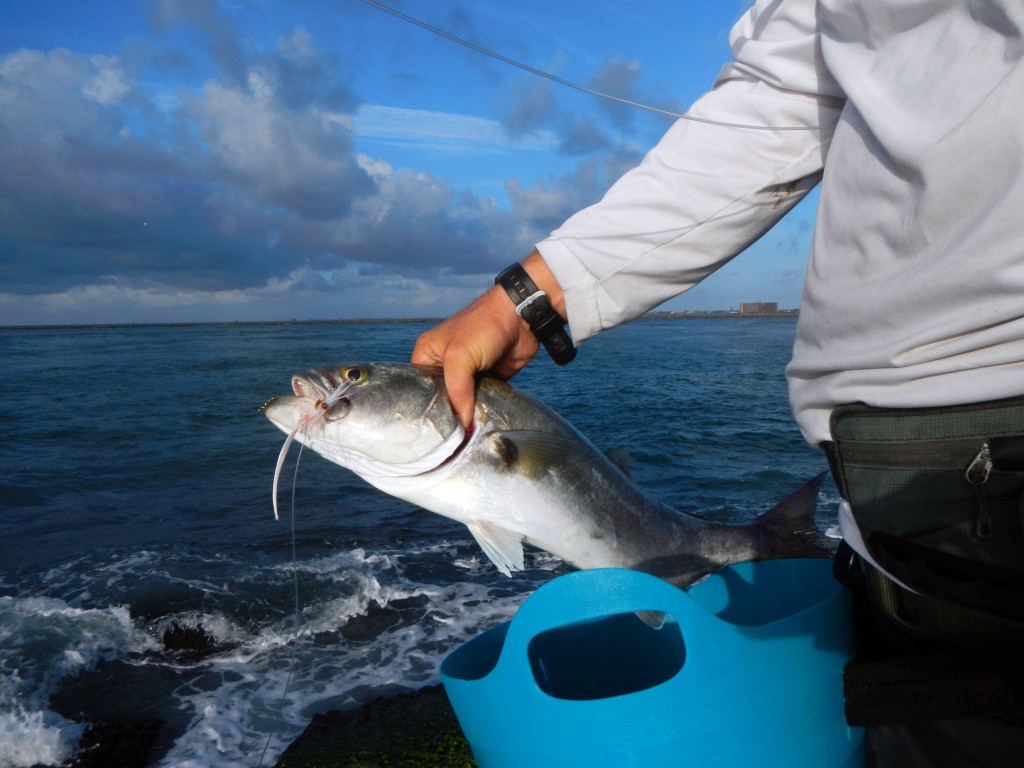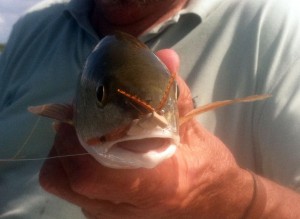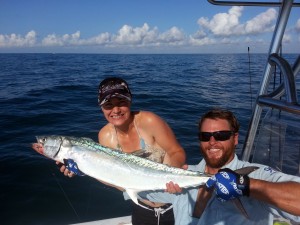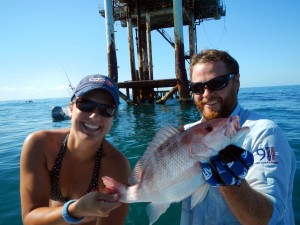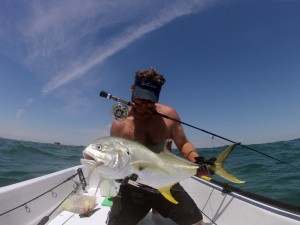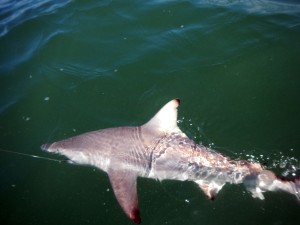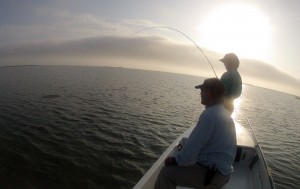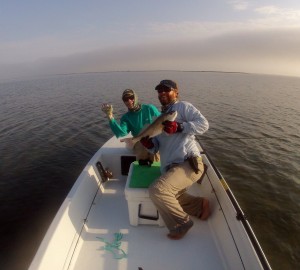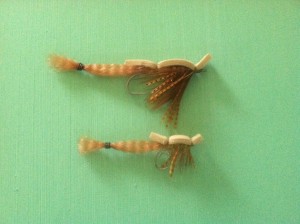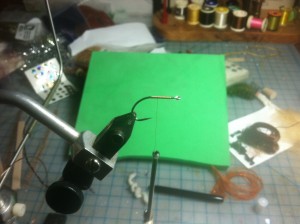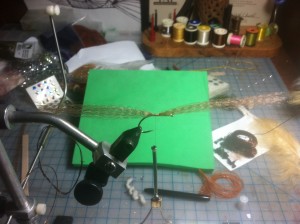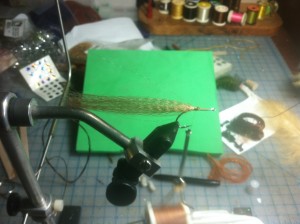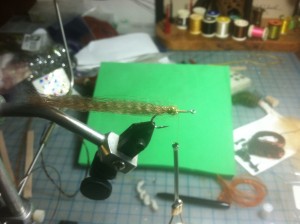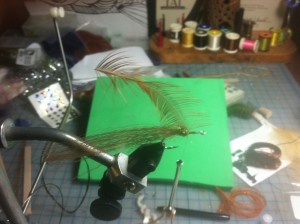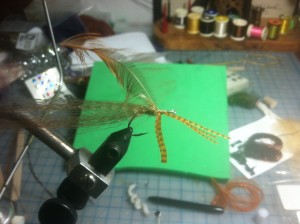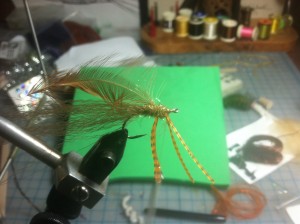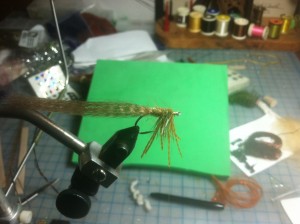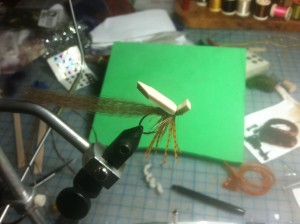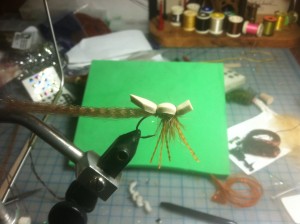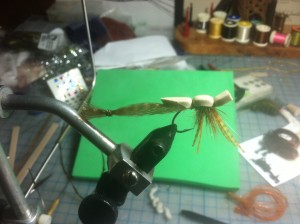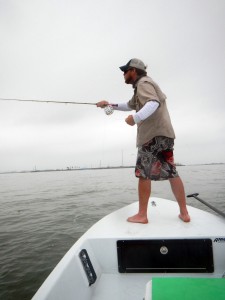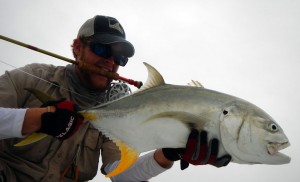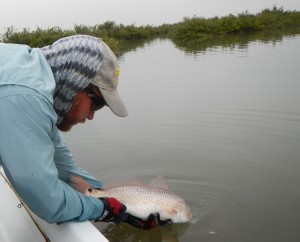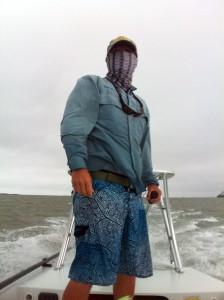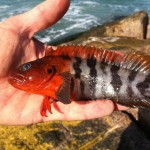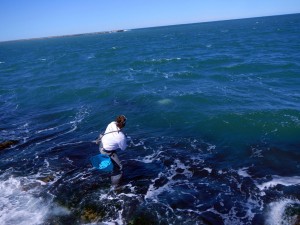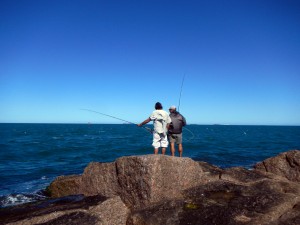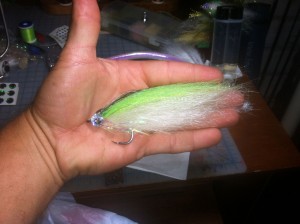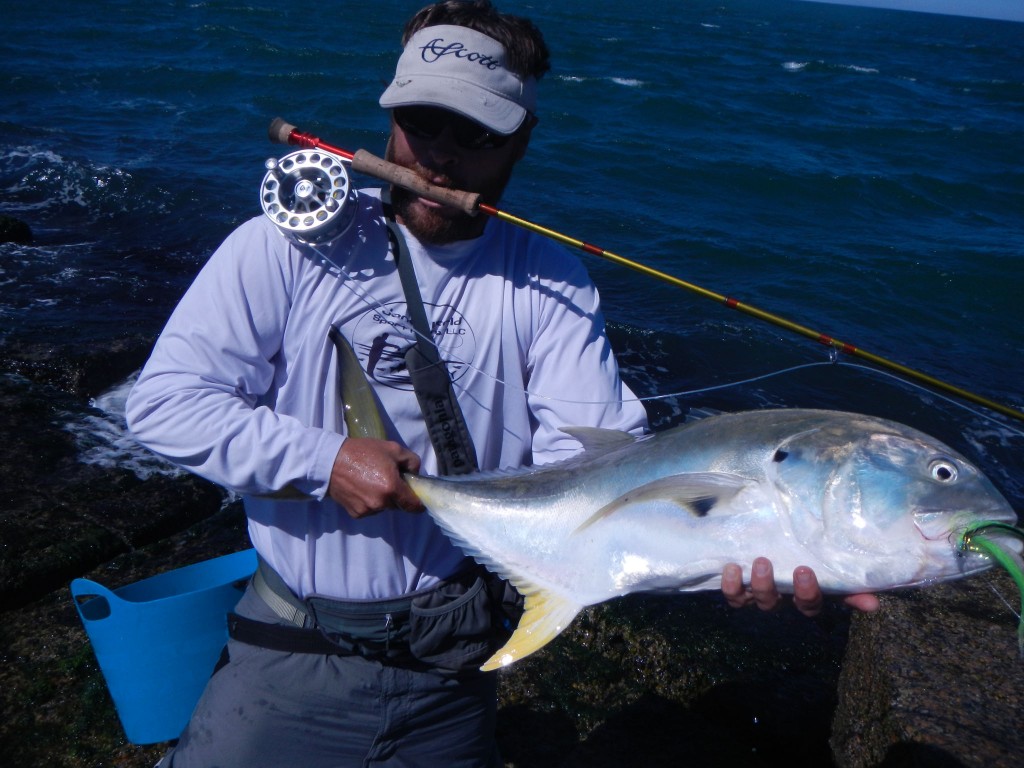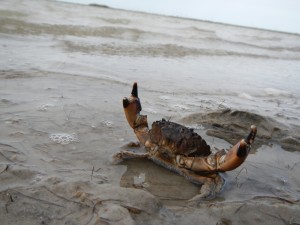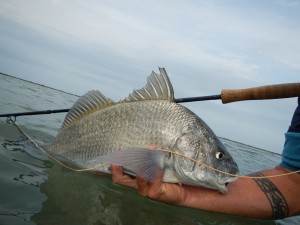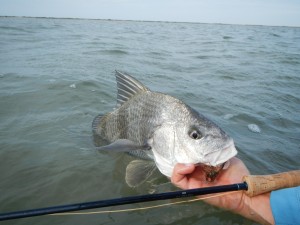There has been a lot of talks about the sale of Harbor Island, not more than a hop skip and a jump across the Corpus Christi Ship Channel from the city of Port Aransas, which has a population of 3,400 wonderful people. Approximately 250 acres of land has been up for sale and Martin Midstream seemed to have won the bid. Until now…
It didn’t take long and a petition was started on Change.org . A website where not only locals can petition our officials but also gives the opportunity for the tourists who frequent Port Aransas to join the petition. This web petition was started in order to request a change of the zoning for this area to a lighter zoning. It is currently zoned as “heavy industrial” and this designation opens the doors to many types of industries which are all known to cause serious harm to the environment.
Now, it is looks like the Port Commission backed out of the sale to turn Harbor Island into a crude oil refinery. That’s great news but the reasons cited for the Port backing out of the deal was because not everyone had a fair opportunity to bid on the sale of the ~250 acres. The City acquired the island some time ago from Exxon/Fina who used it as an oil tank farm and began a cleanup of the island. Don’t let this fool you, more action is needed.
Now, facing even heavier industrialization, Harbor Island is relatively clean to the spectators who drive the highway as they come to visit its many access points for recreational activities such as kayaking, birding, fishing, camping, and sea shell hunting. Texas’ first Kayaking Trail was established here, the Lighthouse Lakes Paddling Trails.
Instead of turning it into an even bigger wasteland (and surrounding areas). Wouldn’t it would be nice if we could convince the city not only to eliminate the heavy industrial zoning but to also designate Harbor Island as an environmentally protected recreation area?
Main feeding populations of fish reaching hundreds of thousands of fish, if not millions if species were combined, including bull redfish pushing 40″, use the surrounding waterways as feeding zones and congregating places. Thousands of highly migratory birds also roost in the many mangrove cays that make up the island and its surroundings. And that’s just a smidgeon of all the species of animals and plants that call Harbor Island home. Many species of crabs and other crustaceans also call these marine estuaries home. And, to top it all off, these estuaries serve as a nursery for many species of animals, where bait which spawn offshore come into these estuaries and use them from the time they are babies as a sanctuary in order to survive and grow.
A crude oil refinery would certainly ruin this place on land and in the water for at least a 20 mile radius not only from the smell but also from the increase in average water temperatures due to the refinery using the water to cool the plants engines. I wont go into details about what kind of pollutants this will add to the ground water (well water) and especially the saltwater. This would could entirely eliminate the great revenue that tourism in this area produces. That would be a waste of another, and in an already thriving industry, Tourism. Our local tourism industry had record numbers this year and is better to visit with all the wonderful people that come to visit, than to see another city of amber lights billowing harmful pollutants into the very air we breathe.
If you asked what brings these kinds of levels of tourism, the number one answer is that Nature is drawing them. From the clean, oil and tar ball free beaches, to the jetties, piers, inlets, marinas and mangrove cays which provide these tourists the out of doors experience they are all seeking. Maybe its a break from the normalcy of living in the city, where grass and sand and in most cities, tree do not exist. Where there are few “wild things”, living, breathing, eating, just like you and I. There is always an aura about any small fishing village on an island, and that is usually one of peace, tranquility, and relaxation. That would be the true losses this place would suffer if heavy industry is allowed to build on Harbor Island. The longstanding Culture of Port Aransas would also suffer in my opinion, and it was the culture in the community along with the fabulous ecology of this area that brought us here in the first place. It would be difficult for me to continue living in this place with heavy industry pounding on my front door, on the fabulous Harbor Island.
As indicated on the Change.org petition site, the city of Port Aransas will be meeting at the end of this month regarding the zoning and will discuss it then. It is a good thing that the sale to Martin Midstream fell through as this shows that our officials may be hearing our voices.
With enough public reach through the petition and through the normal government channels provided, this treasure trove of an island can remain as the serene and ecological playground we all work so hard to enjoy whether you are a year-round resident or a visitor which calls this place their home away from home.
Youthfully optimistic, Capt Kenjo
Kenjo Fly Fishing Charters
Port Aransas, Texas


